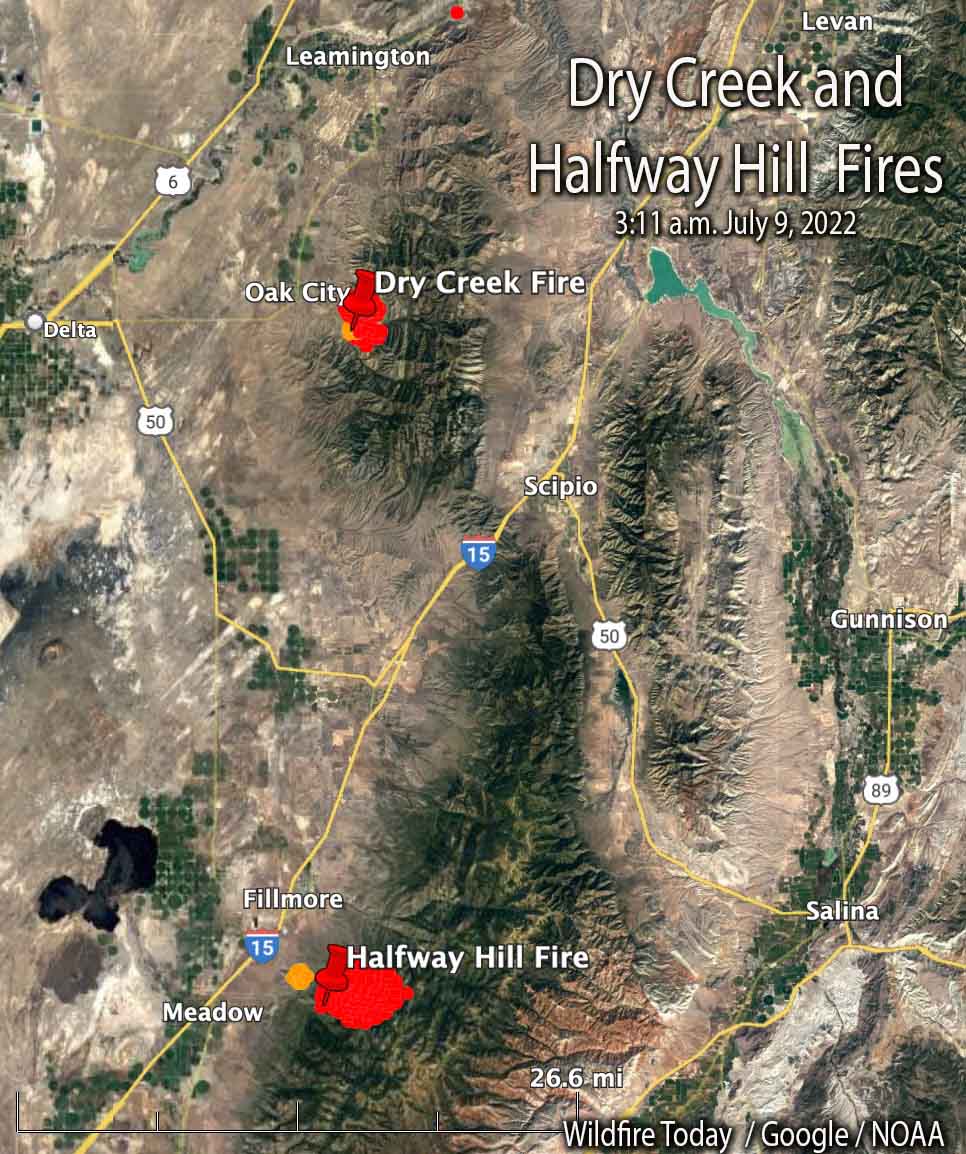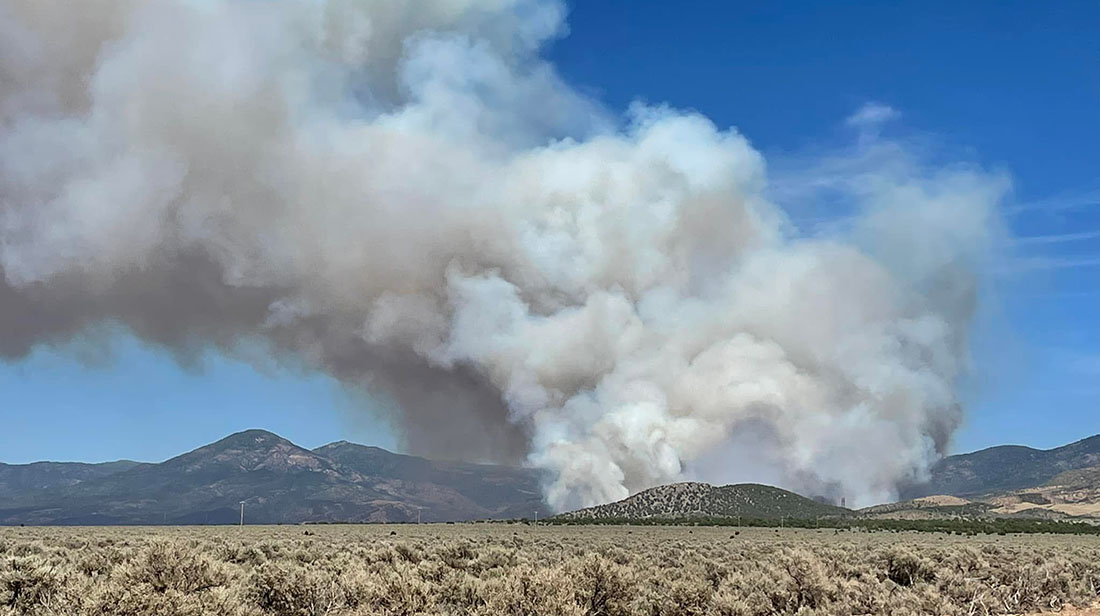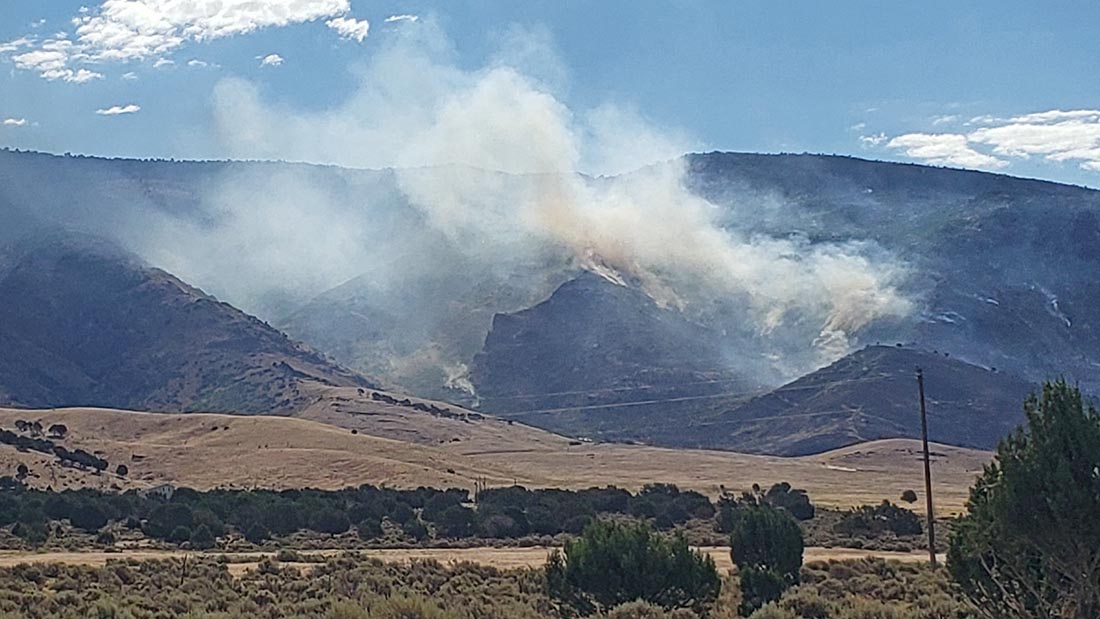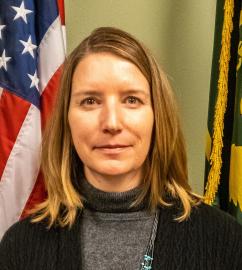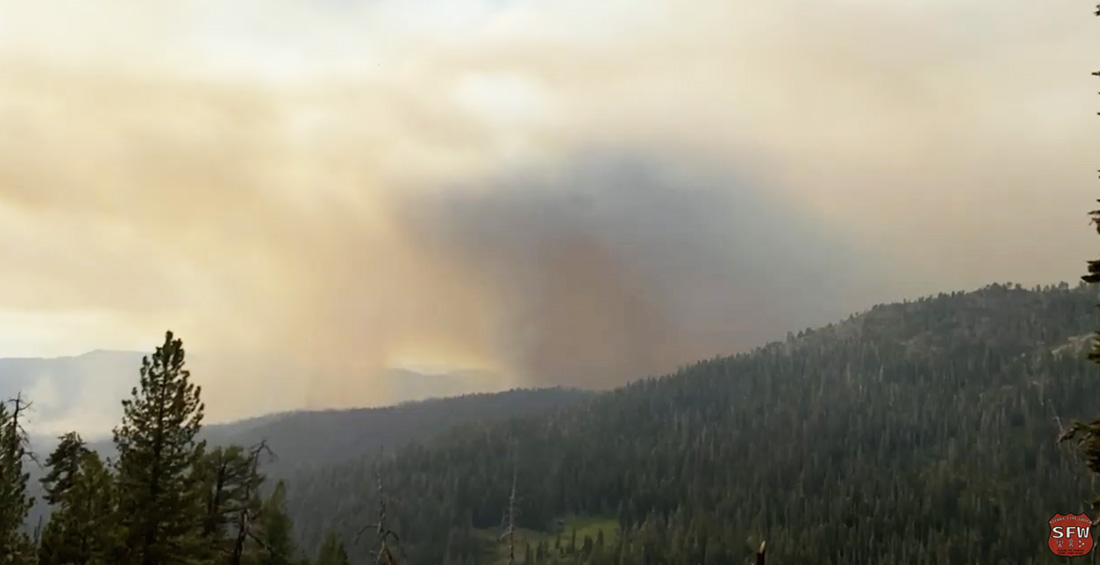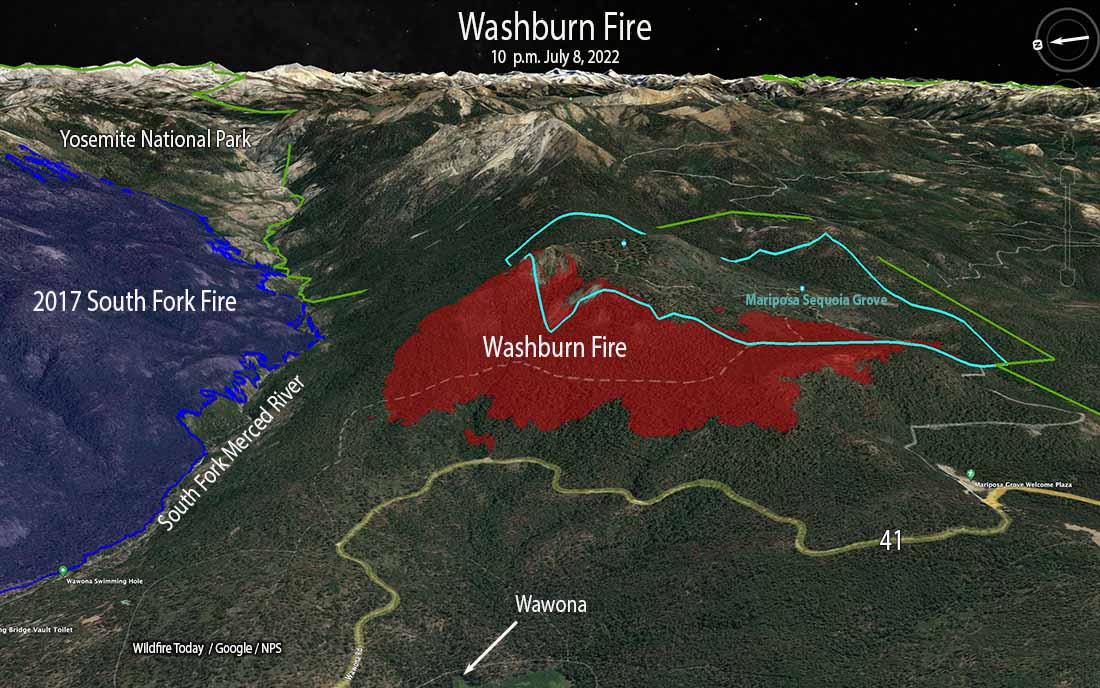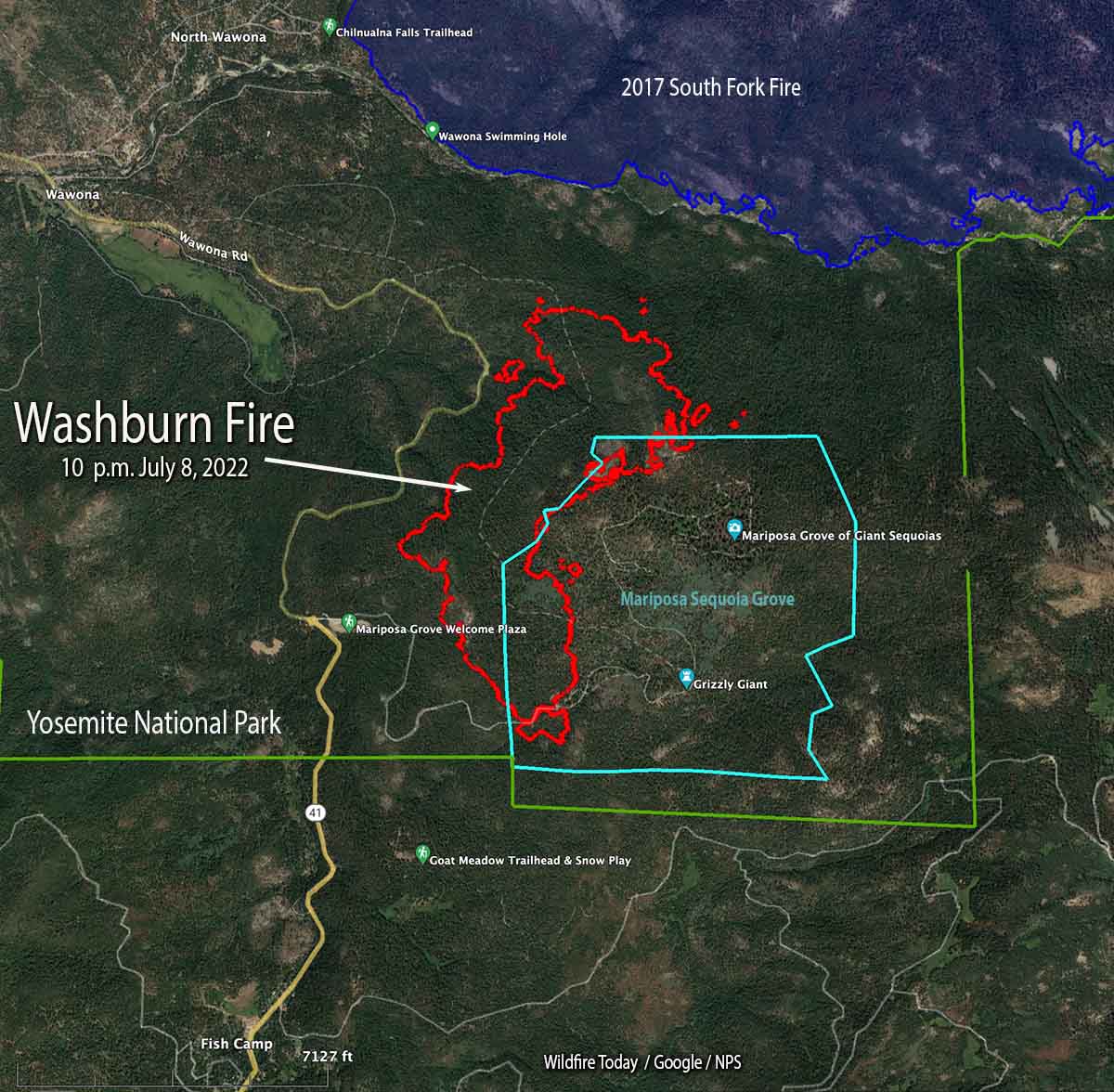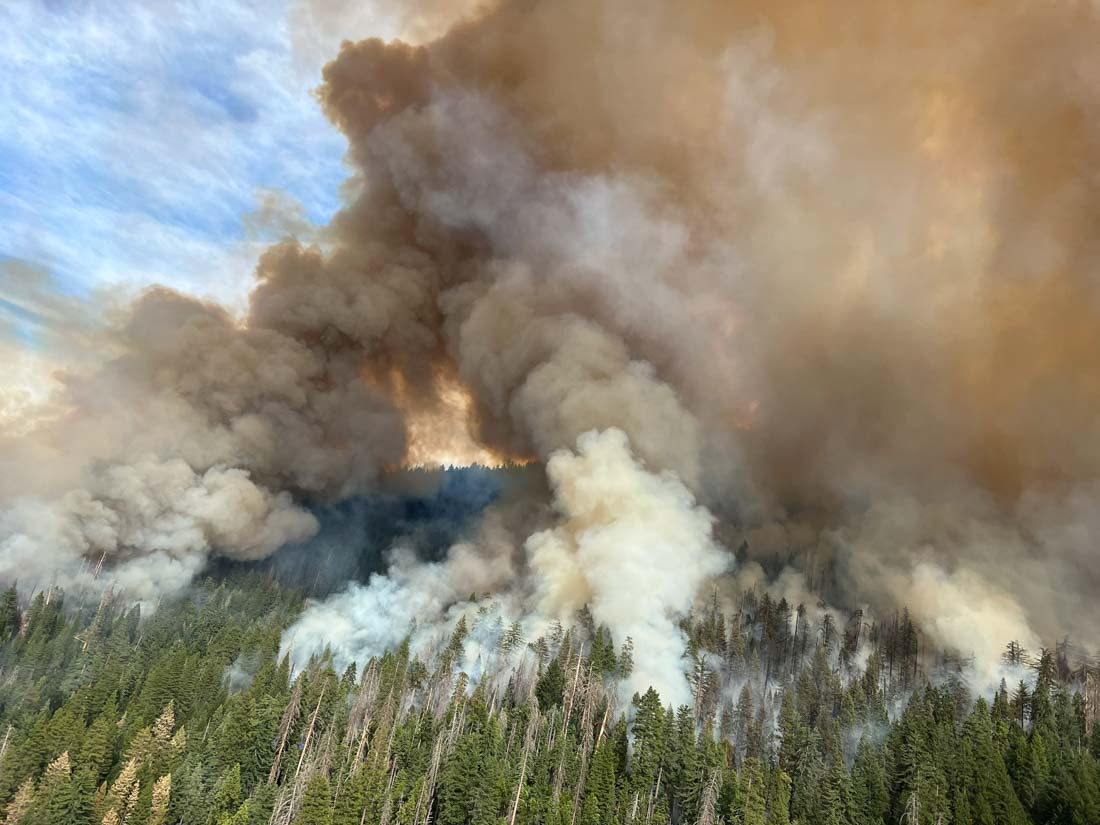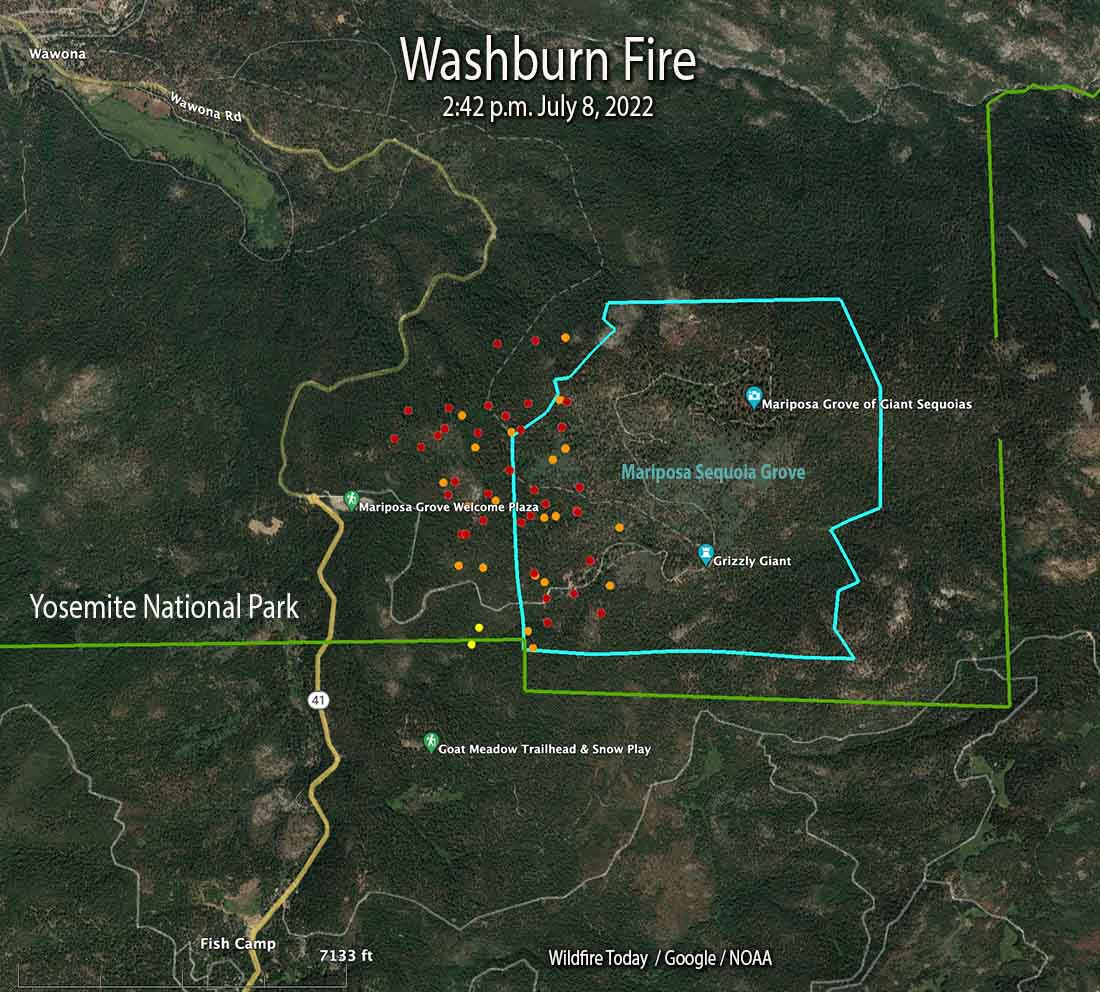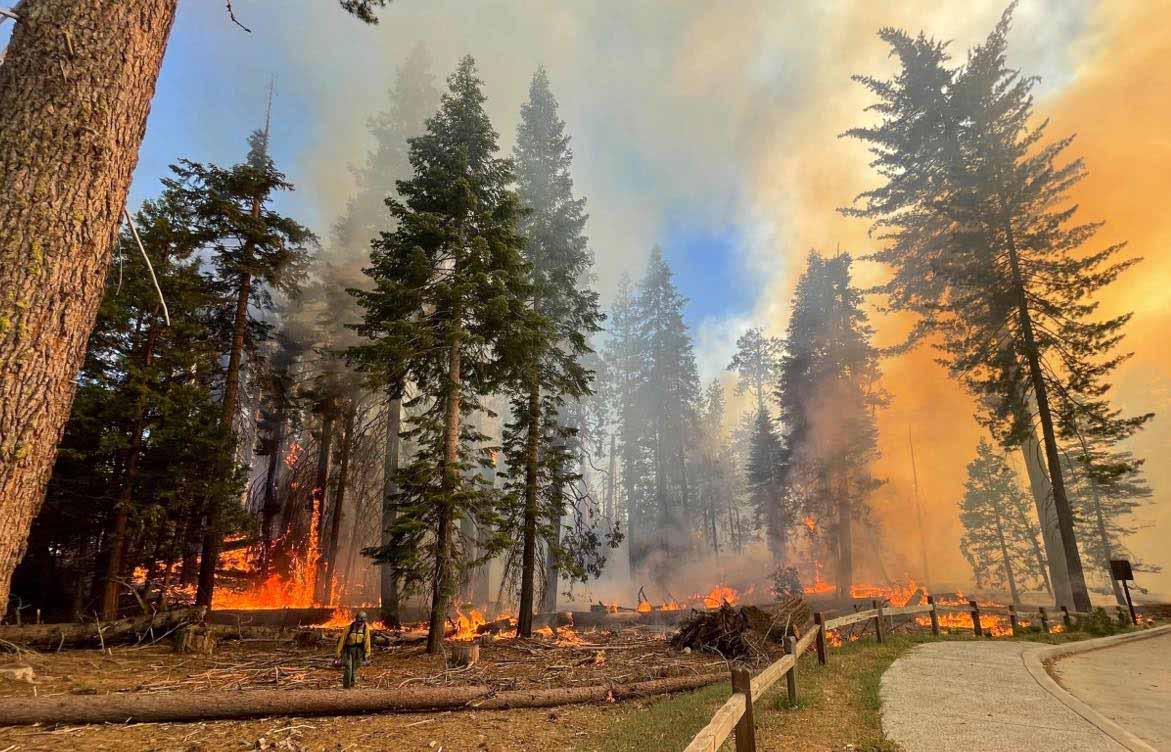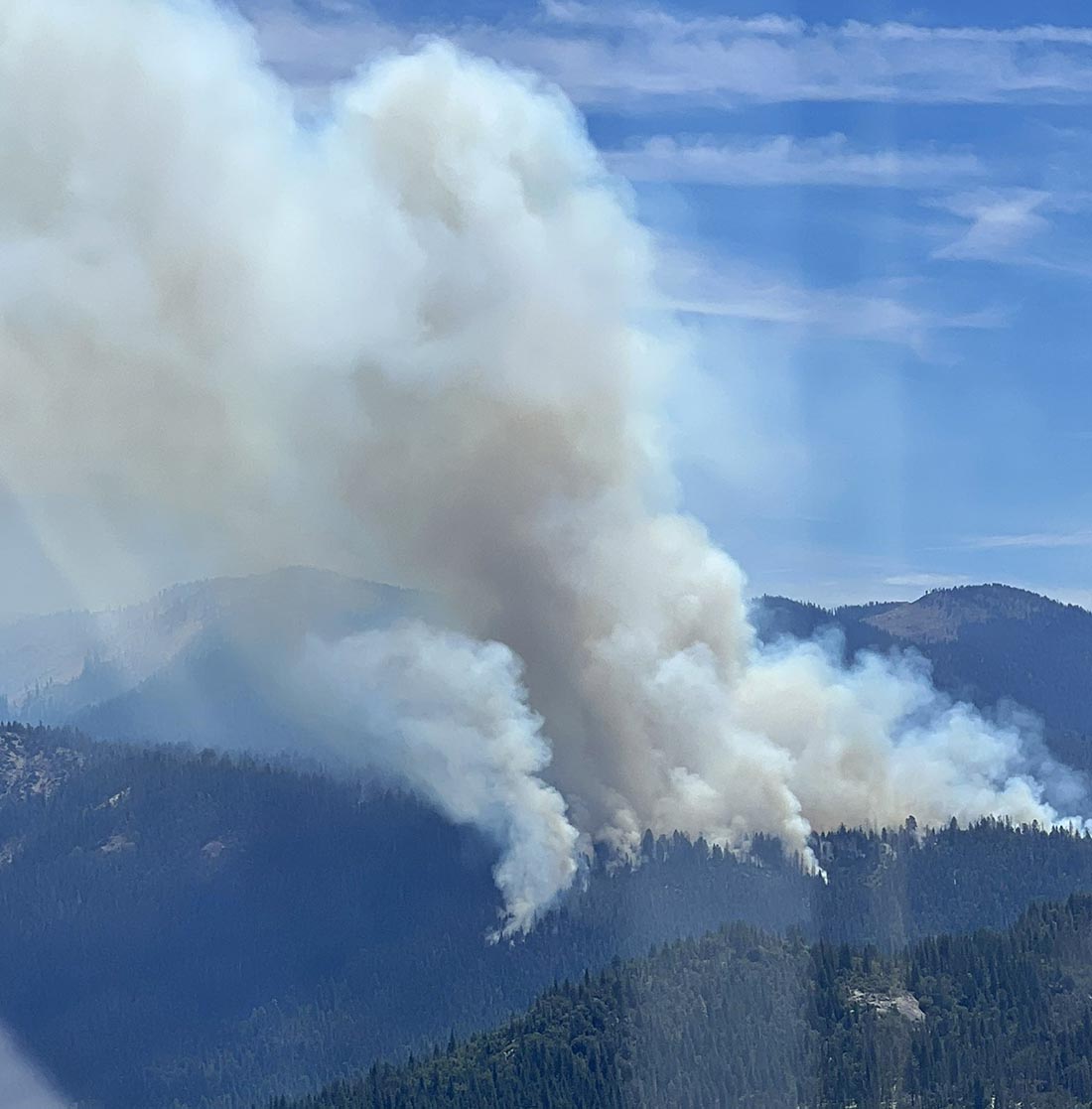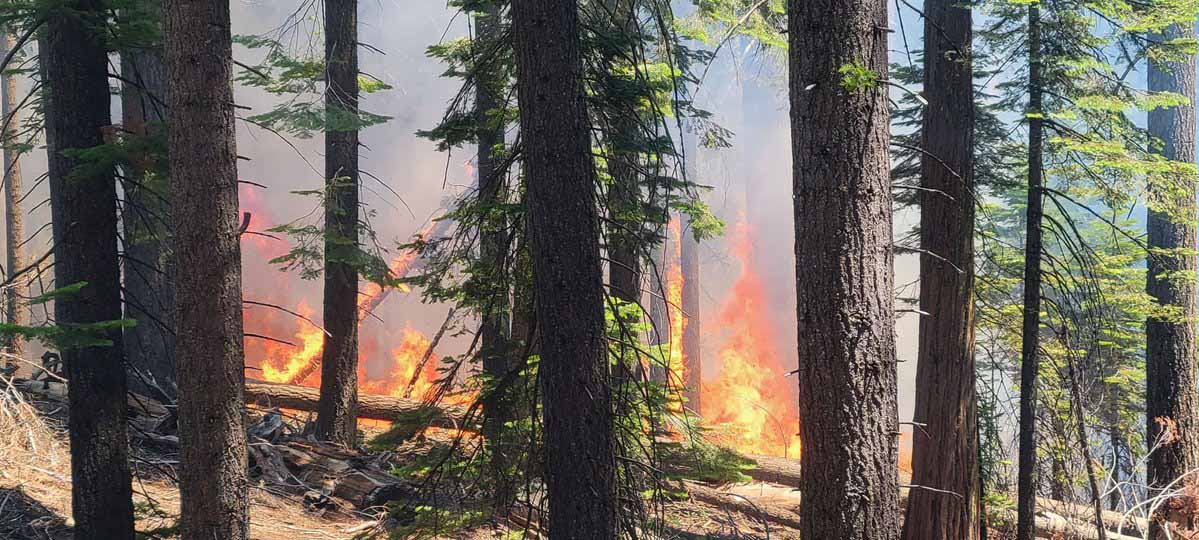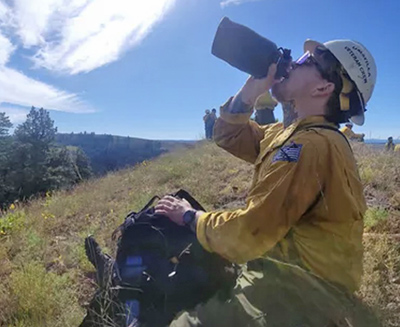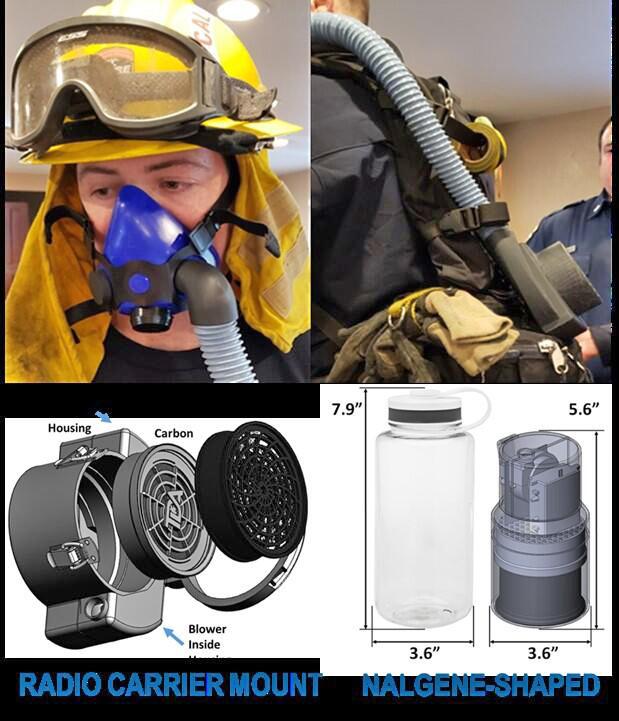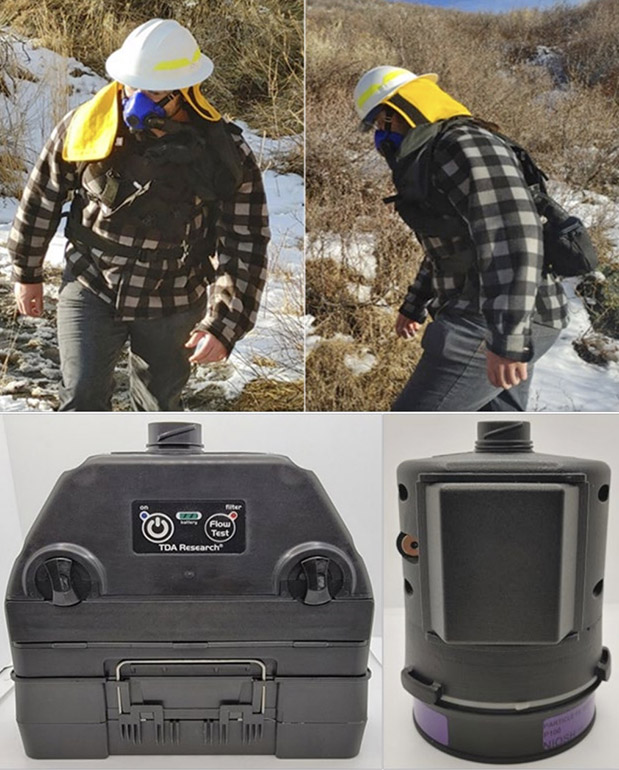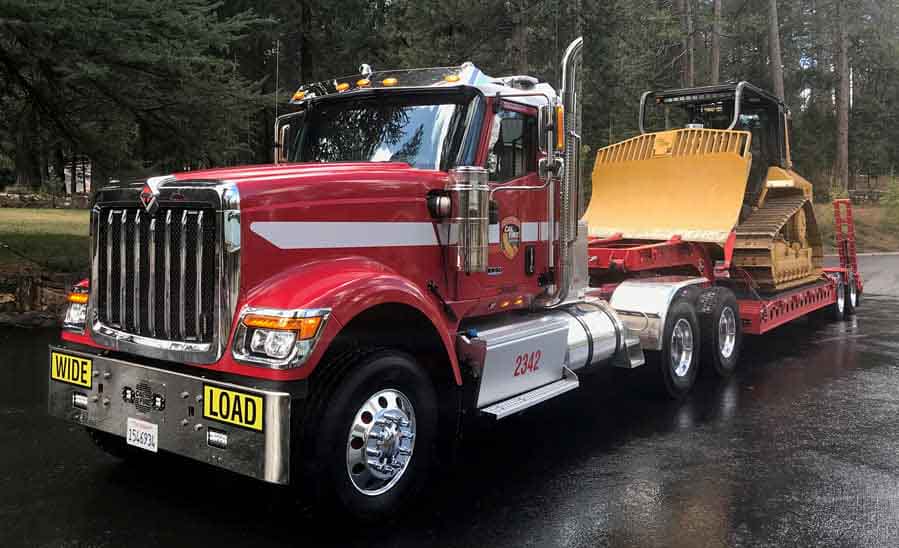
The new budget for California signed into law June 30 by Governor Gavin Newsom includes a massive increase for the California Department of Forestry and Fire Protection (CAL FIRE) for the fiscal year that began July 1, 2022.
Firefighters
The budget authorizes 11,293 positions, a 13 percent increase of 1,503 personnel.
Helicopters
To add to the 12 new S70i Firehawk helicopters that were funded a couple of years ago, they will spend $99 million to purchase an additional 4 to help maintain continuous flight operations during critical fire weather conditions when frontline helicopters are due for maintenance.
In addition, $45 million is set aside annually for the next three years to secure exclusive use (EU) contracts for 10 additional helitankers while awaiting the federal delivery of seven former Coast Guard C-130 air tankers that over the last 9 years have been waiting for the US Air Force to convert them into retardant-dropping air tankers.
CAL FIRE Director Joe Tyler told Fire Aviation in March that the incorporation of the seven former Coast Guard C-130 aircraft into the state’s air tanker fleet might be pushed back to 2024 due the pandemic/endemic and supply chain issues. This is in spite of the agency’s efforts in attempting to facilitate movement in the project. He said they had hoped to see some of the C-130s flying on fires this year. CAL FIRE is working with the Coast Guard, the Air Force, and the contractor who will install the retardant delivery system, Coulson Aviation.
California Conservation Corps (CCC) and California Military Department (CMD) Hand Crews
Appropriated is $104 million and 238 positions starting now, and $50 million and 270 positions phased in over five years. Eight additional year-round hand crews will be added and 16 seasonal hand crews will be converted to year-round.
Four existing seasonal CAL FIRE/CCC hand crews will convert to year-round staffing in July 2022 and the personnel for the remaining two transitioned seasonal hand crews will be hired beginning January 2023. On these hand crews, two temporary Fire Captains (FC) per hand crew are replaced by three permanent FCs and three new FAEs are added to each hand crew. In total, 18 FCs and 18 FAEs will staff all six hand crews.
Ten existing seasonal CMD hand crews will be converted to year-round and four year-round CMD hand crews will be added for statewide response and fuels reduction projects.
Engines and Dozers
$36 million will be used to acquire surge capacity fire engines and bulldozers. This will add two additional engines in each of the 21 Units and six contract counties, plus 10 additional bulldozers. These resources will be available to be staffed during times of resource drawdown and critical fire activity.
Approximately $9 million will be used to hire support staff for the Firehawk program and positions for the contract EU helicopters,
July through December Fire Protection Augmentation
One-time funding of $83.1 million General Fund is available to augment fire protection resources from July through December 2022 given trends associated with climate change and current drought conditions, increasing fire severity and size, and declining inmate camp populations. It will be used to extend the staffing of 16 additional CAL FIRE firefighter hand crews through December 2022, plus support staff and training.

